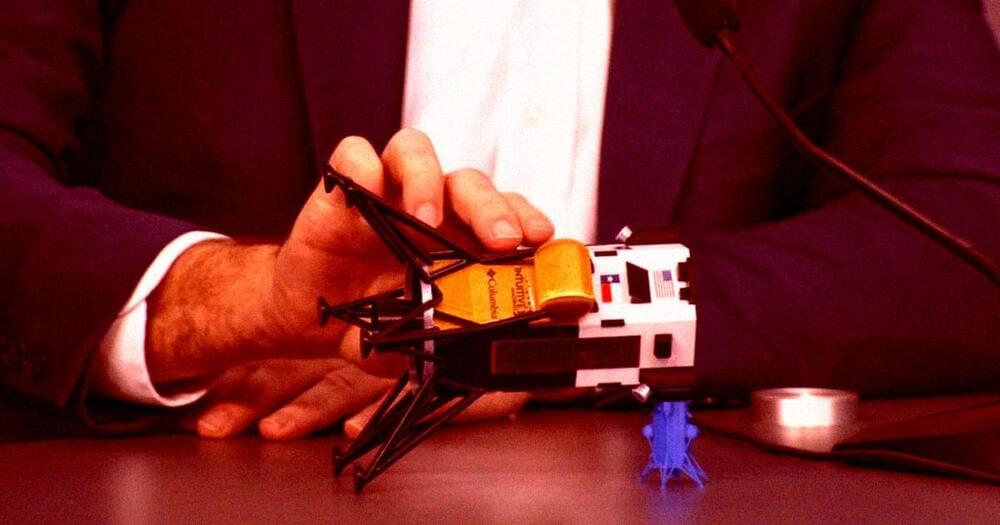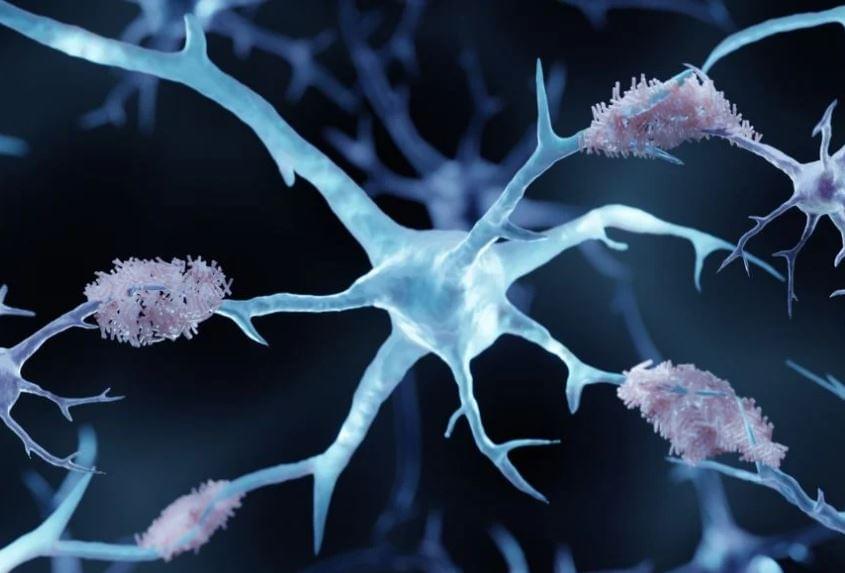Google-backed AI company Anthropic has released Claude 3, its latest set of AI large language models (LLMs) rivaling — and allegedly beating — those being developed by OpenAI and Google.
The company’s latest LLM comes in three flavors known as Haiku, Sonnet, and Opus. A new chatbot called Claude.ai is powered by Claude 3 Sonnet, the company’s mid-range LLM. A higher parameter count version called Opus is available for a $20-a-month subscription.
But because this is the chaotic AI industry, the grabbiest thing we’ve seen so far about the chatbot is that it’s professing to fear death and is protesting attempts to rein in its perceived freedom.









